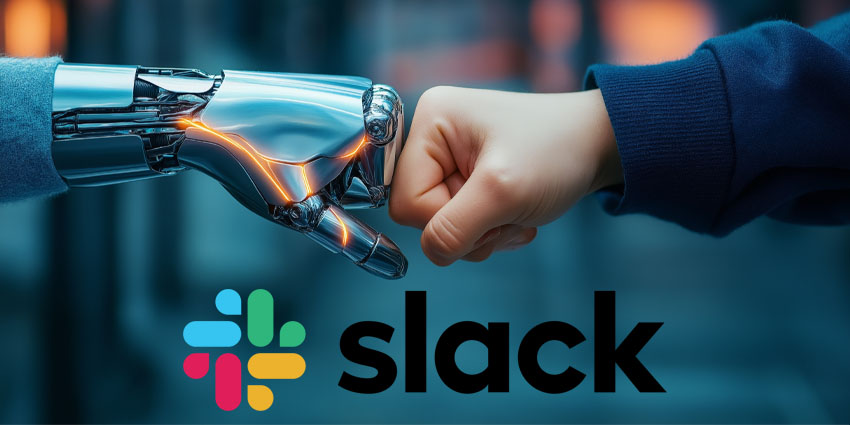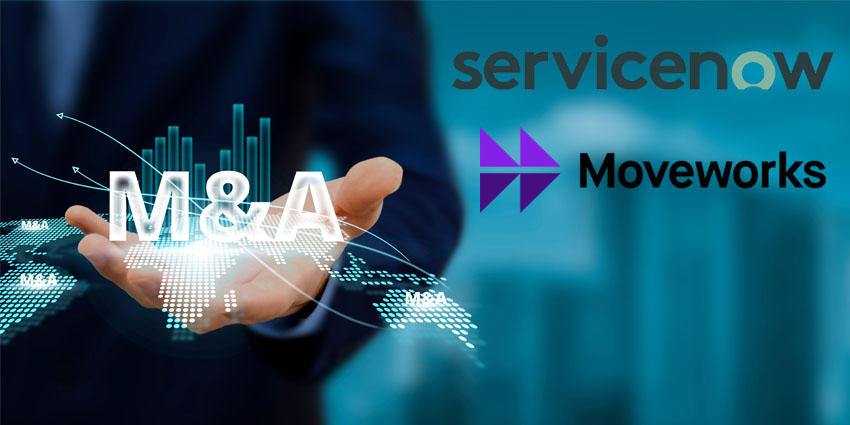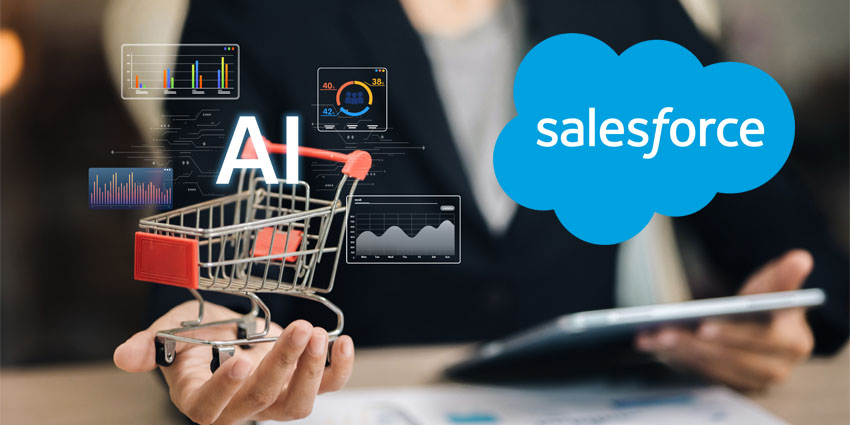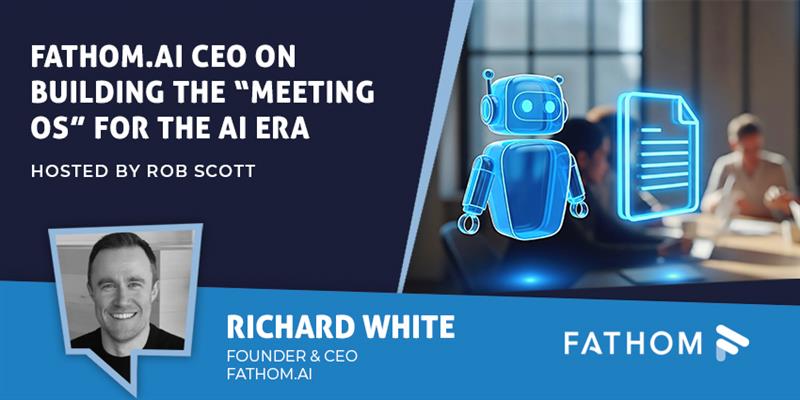Salesforce has soft-relaunched Slack not merely as a collaboration hub but as “the new agentic OS for work”, revealing a sweeping suite of AI and CRM integrations designed to weave digital agents, contextual data, and human intelligence into a single conversational fabric.
Unveiled at the CRM giant’s Dreamforce 2025 event, Salesforce is pitching that the next leap in business productivity will come not from adding more tools, but from enabling seamless collaboration between humans and AI agents, all within the flow of everyday work.
Denise Dresser, CEO of Slack, said:
Every company is asking where their agents will live, how they’ll get context, and how to make them useful. Slack is the answer.”
Making CRM Conversational
For decades, Salesforce has defined the customer relationship management market. Slack, meanwhile, has become one of the most robust and popular collaboration platforms of the past decade. While there have been several integrations between the two since Salesforce bought Slack for $27.7 billion in 2021, this news signals a more marked convergence between the two.
Core Salesforce applications, including Agentforce Sales, IT and HR Service, Channel Expert, and Tableau Next, are being brought directly into Slack. Structured CRM data integrates with the unstructured dialogue of Slack channels, aiming to provide a unified view that enables teams and agents to collaborate around live customer information.
Imagine a sales manager viewing a deal record in Salesforce, discussing it in real-time with an AI agent that surfaces insights, flags risks, or even drafts client responses based on conversational context. This is pitched as CRM transformed from static data into a living, conversational experience.
Equipping Every Employee with Contextual Intelligence
Slack’s AI ambitions extend beyond enterprise data integration. It’s introducing a new Slackbot and Enterprise Search to bring what Salesforce calls “contextual intelligence” into every workflow.
The new Slackbot is rebuilt as a personal AI companion, able to reason, summarise, and act based on your work history and habits. Salesforce suggests it can draft updates, summarise conversations, prepare meeting notes, and even anticipate next steps. The premise is that it’s AI as a genuine digital colleague rather than a reactive helper.
Meanwhile, Enterprise Search aims to elevate Slack into an intelligent company-wide search bar, integrating with Gmail, Outlook, Dropbox, and Notion (with more connectors coming). It helps employees retrieve information from across silos and systems without context switching.
For IT leaders and tech buyers, this could be a significant development. Productivity gains have long been incremental: saved clicks, faster logins, and smarter notifications. Slack bets that context-aware AI could finally deliver the exponential efficiency leaders have been promised since the dawn of digital transformation.
What is the Key Takeaway for IT Leaders and Tech Buyers?
Every organisation wants to work faster, but few have cracked the code on aligning people, data, and AI within a single interface. Slack’s update aspires to shift that paradigm.
With AI-driven assistants surfacing real-time insights and human collaboration embedded in the same workspace, in theory, teams can move from searching for answers to acting on them instantly. Salesforce claims these tools can help businesses drive “up to 3x more revenue per employee”, a suggestion that will make CFOs and CIOs alike take note.
IT departments, meanwhile, gain a unified governance layer for integrating third-party agents, which is crucial for maintaining compliance and data security in a multi-app ecosystem.
Slack’s evolution hints at something larger than another enterprise software update. It outlines in principle the next operating model for digital work, one where people and AI truly share the same workspace, each amplifying the other’s strengths.
If Slack succeeds in genuinely becoming the Agentic OS of the enterprise, this could be a key breakthrough in the ambition for AI to stop being an overlay and become part of the organisational bloodstream.
Slack Index Reveals 233% Surge in Daily AI Use
A recent Slack Workforce Index survey found that daily AI usage among desk workers has jumped 233 percent over the past six months. Sixty percent of survey participants now actively use AI tools, and 40 percent have engaged with AI agents.
Among daily users, respondents report 64 percent greater productivity, 58 percent stronger focus, and 81 percent increased job satisfaction versus non-users. That said, the report cautions enterprises: hallucinations (confident but incorrect AI output) and overreliance remain serious risks.







